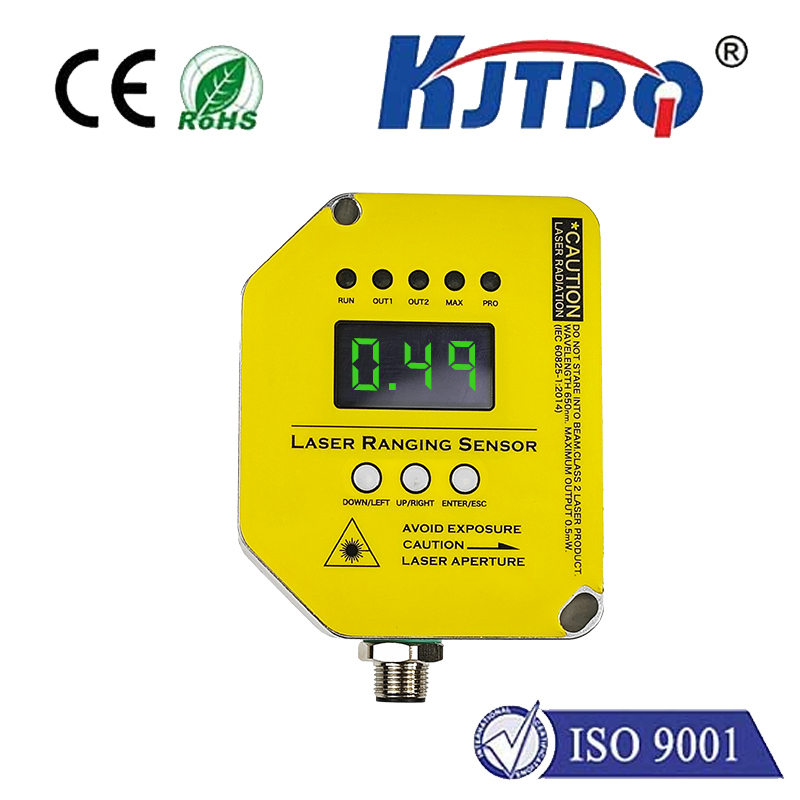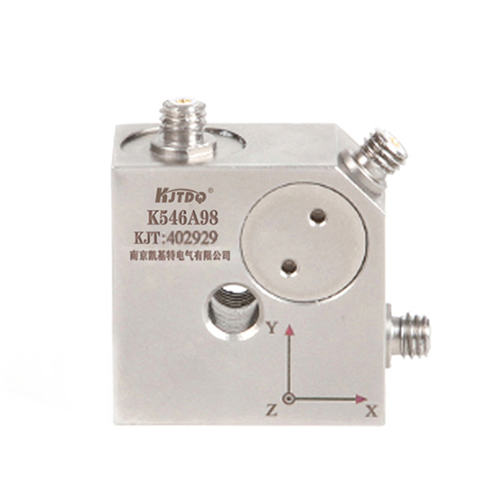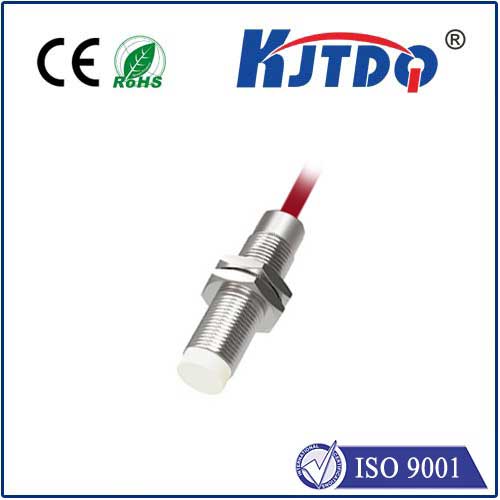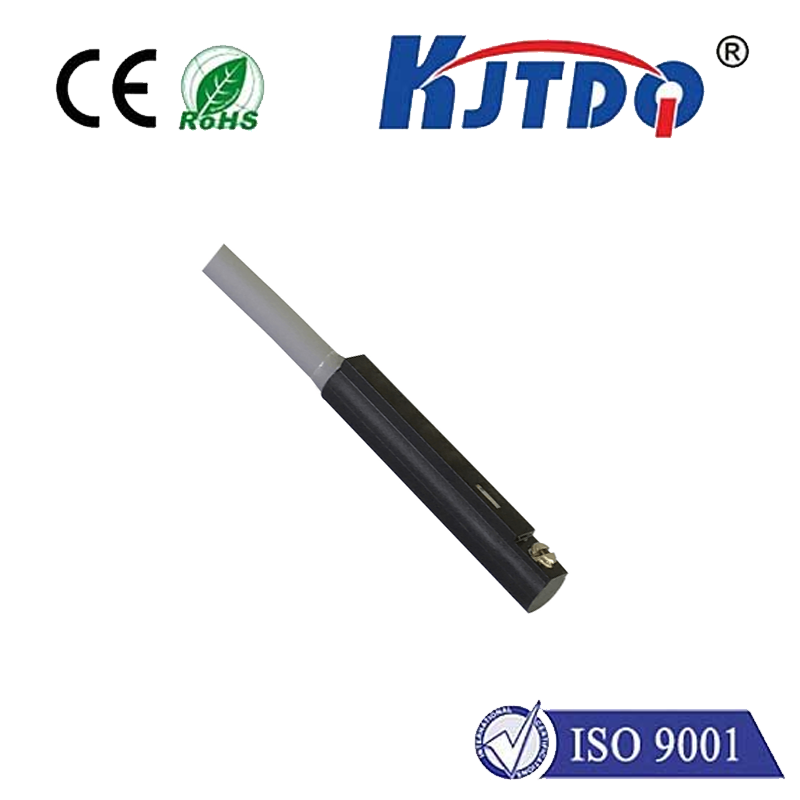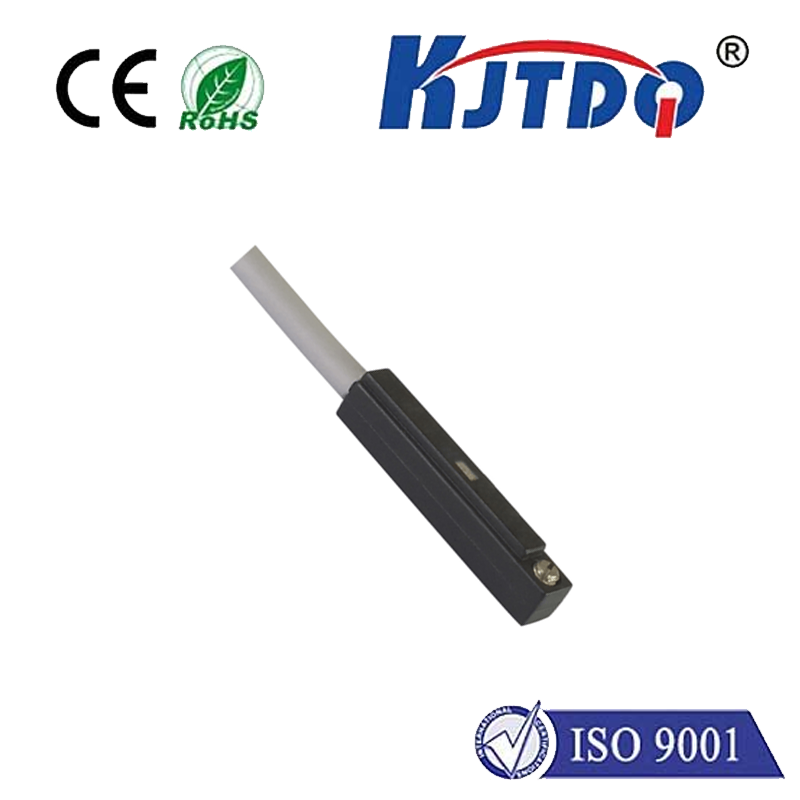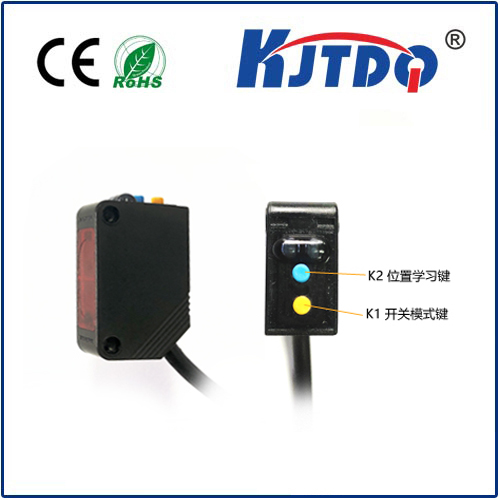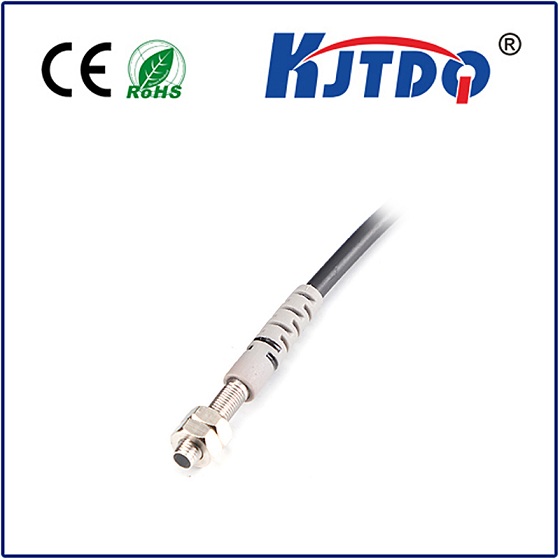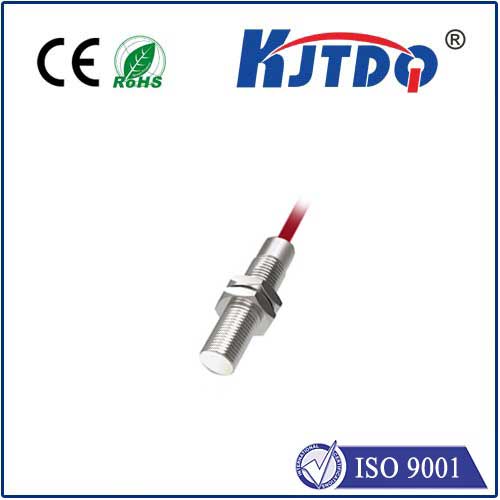

check

check

check

check

check

check

check

check

check

check

Title: The Versatility and Importance of Digital Pressure Transducers in Modern Technology In the rapidly evolving landscape of modern technology, digital pressure transducers have become indispensable tools across a multitude of industries. These sophisticated devices play a critical role in various applications, spanning from medical diagnostics to industrial process control, owing to their precision, reliability, and ability to interface seamlessly with digital systems. Understanding Digital Pressure Transducers Digital pressure transducers are electronic devices that convert pressure variations into digital signals. Unlike analog pressure sensors, which provide a continuous output that varies with pressure changes, digital pressure transducers offer discrete outputs that can be easily read by computers and digital systems. This binary output not only simplifies data processing but also enhances the overall accuracy and consistency of measurements. Core Applications Across Industries One of the paramount applications of digital pressure transducers is in the medical field, where they are essential for patient monitoring systems. These devices are used to measure blood pressure, respiratory rates, and other critical physiological parameters. The precision provided by digital pressure transducers ensures that healthcare providers receive reliable data, enabling them to make informed decisions quickly and effectively. In the industrial sector, these transducers are utilized in process control systems to monitor and regulate pressure in制造 processes, power plants, and chemical plants. They are integral in maintaining optimal operating conditions, ensuring efficiency, and preventing potentially catastrophic equipment failures. Additionally, digital pressure transducers find use in automotive systems, particularly in tire-pressure monitoring systems (TPMS), where they enhance vehicle safety by providing real-time pressure data. Advantages Over Analog Counterparts The advantages of digital pressure transducers over their analog counterparts are manifold. One significant benefit is their enhanced resistance to electromagnetic interference, which is crucial in environments with high levels of electrical noise. Digital transducers offer better long-term stability and reduced drift over time, ensuring consistent performance. Furthermore, they typically require lower maintenance due to their robust construction and lack of moving parts. Future Prospects and Innovations As technology continues to advance at a breakneck pace, the role of digital pressure transducers is set to expand even further. With the advent of Industry 4.0 and the Internet of Things (IoT), there is an increasing demand for smart sensors that can communicate wirelessly and integrate into complex networked systems. Digital pressure transducers are well-positioned to meet these demands, with innovations such as wireless capabilities, increased durability, and enhanced computational power paving the way for new possibilities. In conclusion, digital pressure transducers are a testament to the ingenuity of modern engineering and the relentless pursuit of technological improvement. Their importance cannot be overstated, as they underpin a myriad of applications that are central to the functioning of our healthcare systems, industrial infrastructures, and beyond. As we look towards the future, it is clear that the ongoing development and refinement of these devices will continue to drive progress and innovation across all spheres of human endeavor.
